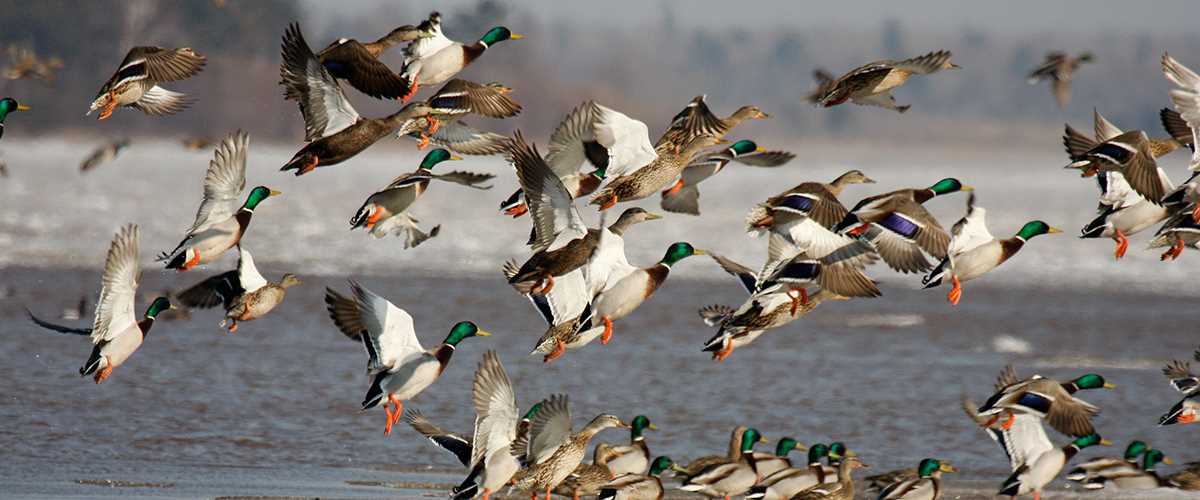Species-by-species breakdown, the USFWS Waterfowl Population Survey will help you prepare for the 2019-2020 duck hunting season

To see the most recent 2025 Waterfowl Population Survey results, please click here.
USFWS survey reports that most populations are still above long-term averages
The U.S. Fish and Wildlife Service (FWS) today released its report on 2019 Trends in Duck Breeding Populations, based on surveys conducted in May and early June by FWS, Canadian Wildlife Service, and other partners.
Total populations were estimated at 38.9 million breeding ducks in the traditional survey area, 6 percent lower than last year's estimate of 41.2 million and 10 percent above the long-term average (since 1955).

"Overall both total ponds and total populations of breeding waterfowl in the Prairie Pothole Region were down slightly," Ducks Unlimited Chief Scientist Dr. Tom Moorman said. "However, important breeding areas in southern Alberta and Saskatchewan were much drier than last year, which contributes to reduced numbers of breeding waterfowl observed in the survey. Fortunately, eastern North Dakota and South Dakota saw an increase in both ponds and breeding waterfowl, especially mallards, blue-winged teal, gadwalls, northern shovelers, and northern pintails. Typically, when the Dakotas are wet and southern Alberta and Saskatchewan are dry, we see the aforementioned species settle in the Dakotas, reminding us that we must conserve habitat across the prairies because it is rare for the entire Prairie Pothole Region to be wet. Ultimately, however, hunting success and numbers of birds observed will vary with the onset of fall and winter cold fronts and arrival of winter conditions necessary to force birds to migrate, and also with regional habitat conditions."
"Ducks Unlimited's science team will take some time to digest this report, including the Eastern Survey data, and we plan to bring a full suite of information to you in the near future that relates to the survey," Moorman said.
To download the full report, visit the U.S. Fish and Wildlife Service Surveys and Data
Ducks Unlimited uses cookies to enhance your browsing experience, optimize site functionality, analyze traffic, and deliver personalized advertising through third parties. By continuing to use this site, you agree to our use of cookies. View Privacy Policy